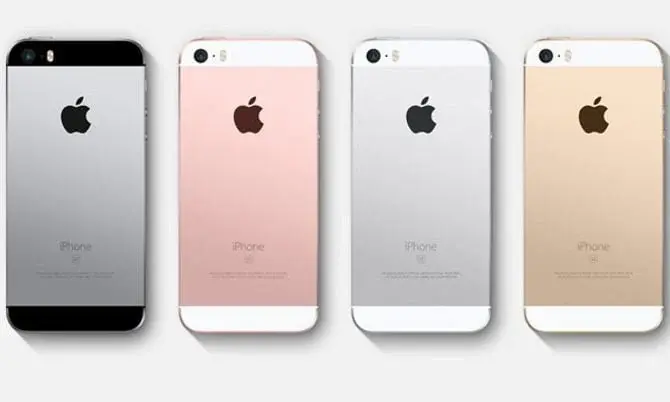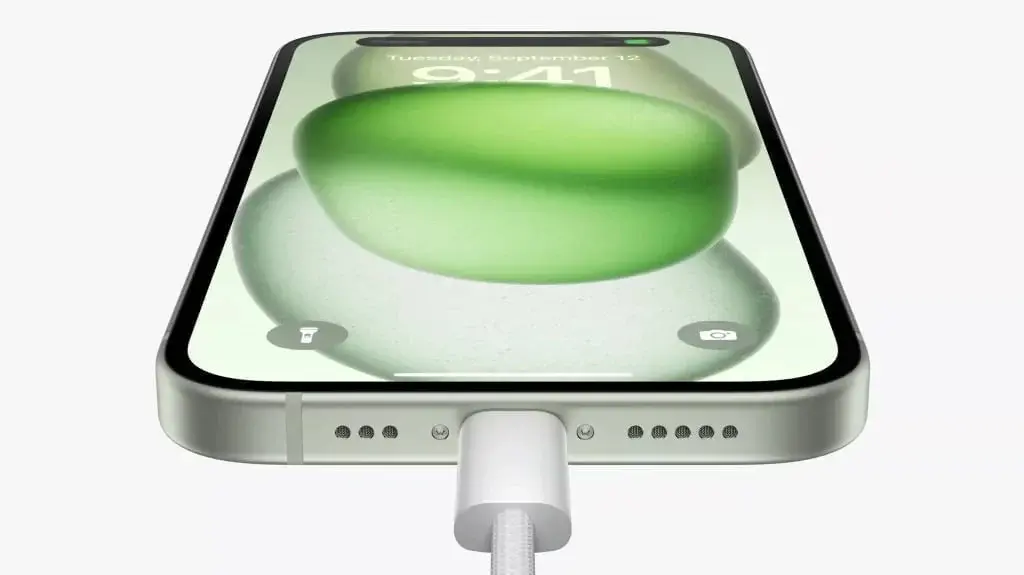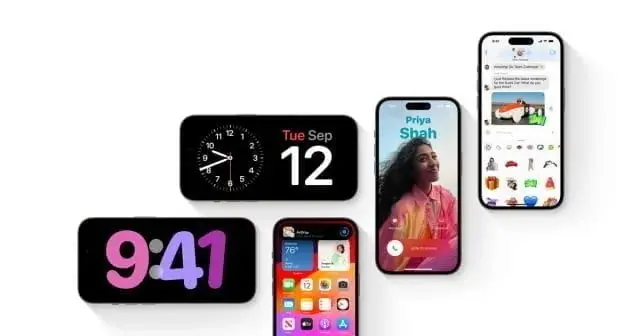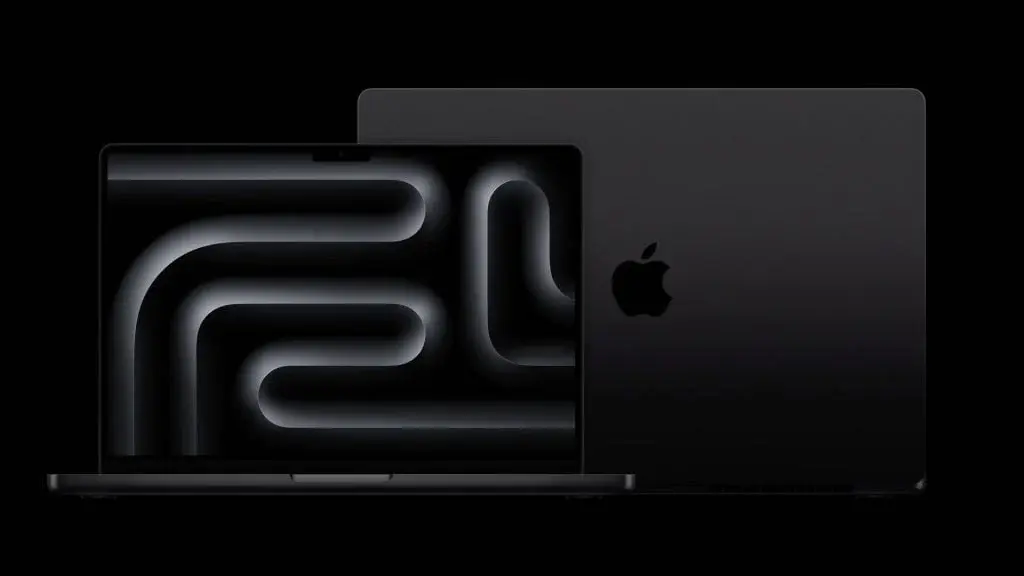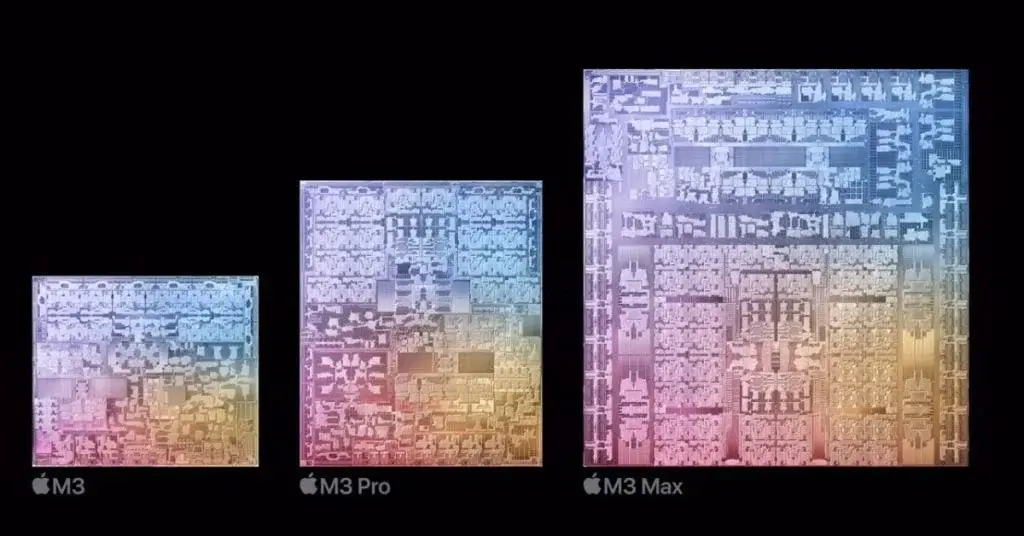Apple Receives PETA’s Company of the Year Award for Initiatives in Leather Usage in 2023
Apple Inc., the world’s foremost company and a frontrunner in the tech sector, has been commended by People for the Ethical Treatment of Animals (PETA) for its remarkable endeavors in safeguarding animal rights. PETA, an entity devoted to animal welfare, grants an annual accolade to a corporation demonstrating a strong commitment to the cause.
Transitioning Towards Sustainability
In a significant departure from conventional materials, Apple has made a firm commitment to phase out leather from its merchandise, including its highly popular smartwatches. This resolution is anticipated to impact millions of smartwatches sold in 2022, considering Apple’s sale of over 50 million units that year. In recognition of this move, PETA has named Apple the 2023 recipient of the Company of the Year award.
Setting a Precedent
As the largest global entity, Apple is striving to achieve its 2030 carbon-neutral goal by aligning with consumer expectations and setting a precedent for other elite enterprises. Through the abandonment of leather, Apple is taking steps towards diminishing its ecological footprint and advancing sustainability efforts.
Meeting Consumer Demands
Apple’s choice to relinquish the use of leather resonates with the escalating appetite for sustainable goods. Reports indicate a 71% increase in global searches for sustainable products over the past five years. Consumers are progressively more mindful of the environmental impact of their purchases and are inclined to support businesses prioritizing sustainability.
Ethical and Sustainable Alternatives
In addition to the elimination of leather, Apple has committed to integrating more recycled materials into its lineup. One example is the utilization of FineWoven microtwill, a substance touting a reduced carbon footprint. By opting for ethical and sustainable alternatives, Apple seeks to cater to the conscientious consumer base that shares similar values.
Positive Repercussions
Apple’s decision to eschew leather yields extensive benefits. Beyond saving numerous animals from the cruel practices of the meat industry, it significantly contributes to curbing climate change repercussions. By offering accessories bereft of leather, Apple empowers ethical consumers to make environmentally sound and animal-friendly choices.
Amplified Patronage from Ethical Consumers
Ingrid Newkirk, President of PETA, acknowledges that Apple’s leadership in reducing its environmental impact and championing animal welfare has engendered increased support from ethical purchasers. By taking the lead in this realm, Apple has garnered the confidence and backing of individuals prioritizing ethical business conduct. PETA aspires to see other corporations emulate Apple’s approach and embrace comparable policies.
The esteemed PETA Company of the Year Award has been bestowed upon Apple for its steadfast commitment to eliminating leather and advancing sustainability. As a globally renowned brand, Apple’s initiatives possess the potential to inspire other enterprises to emphasize animal welfare and environmental stewardship.




